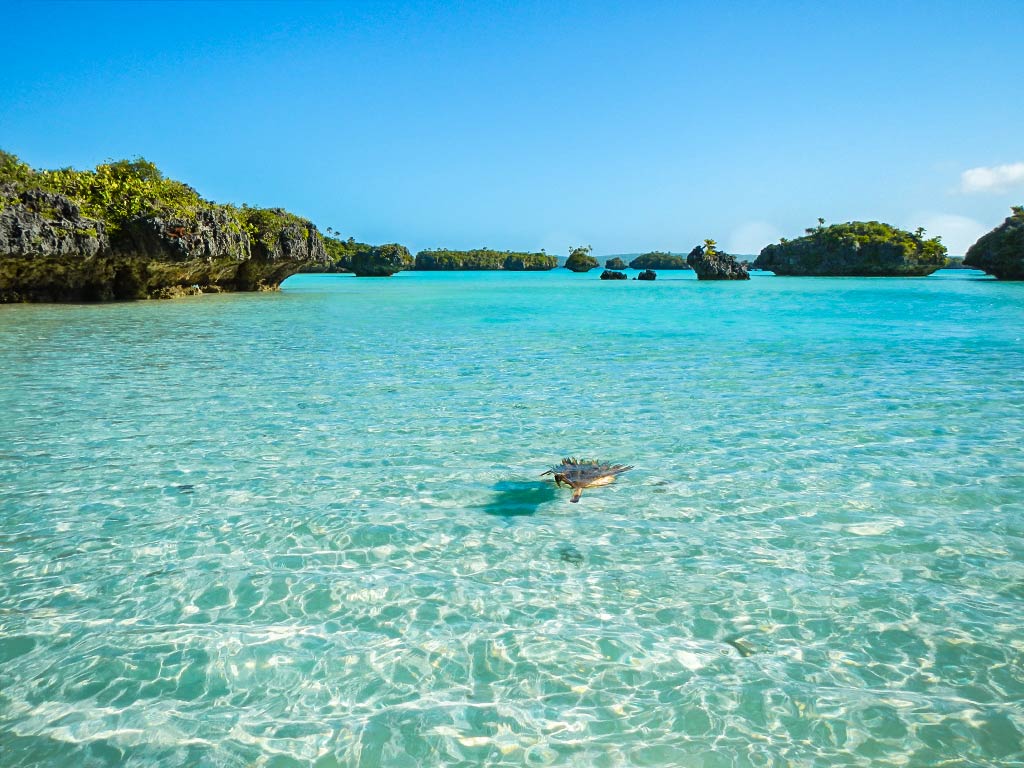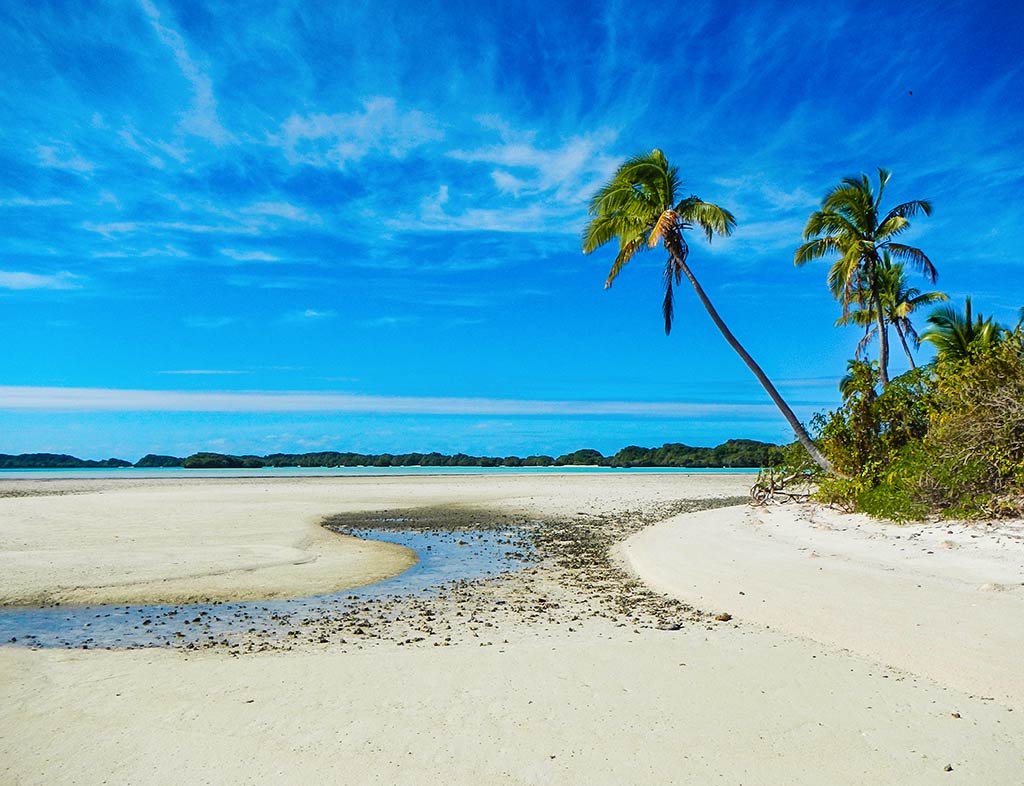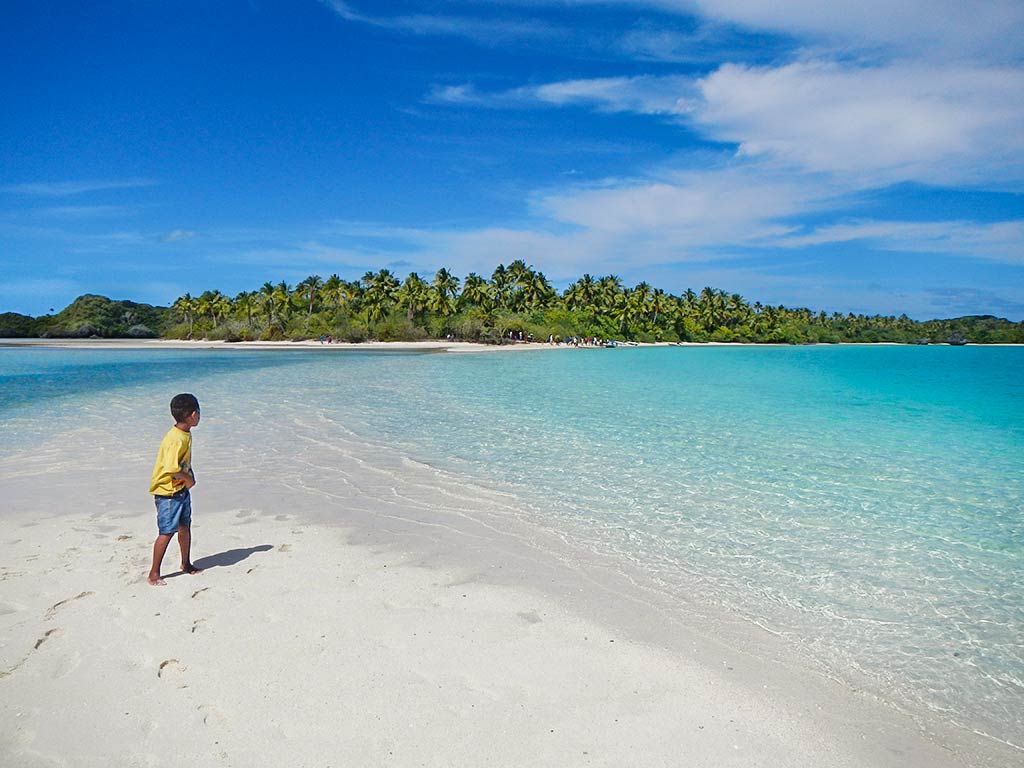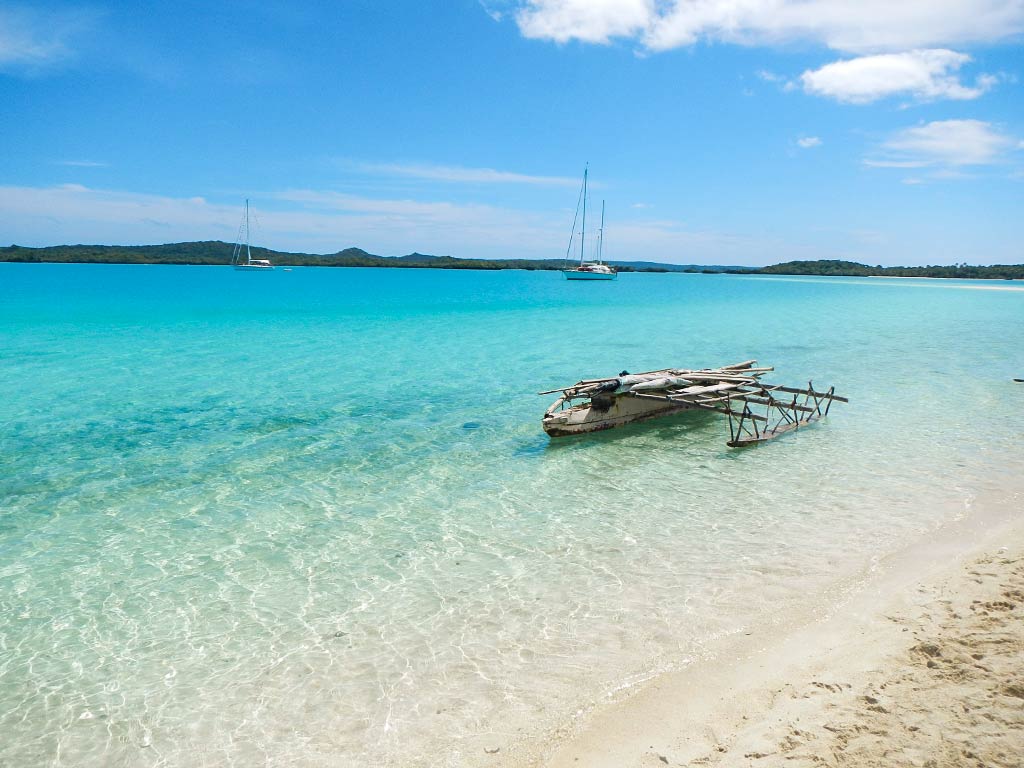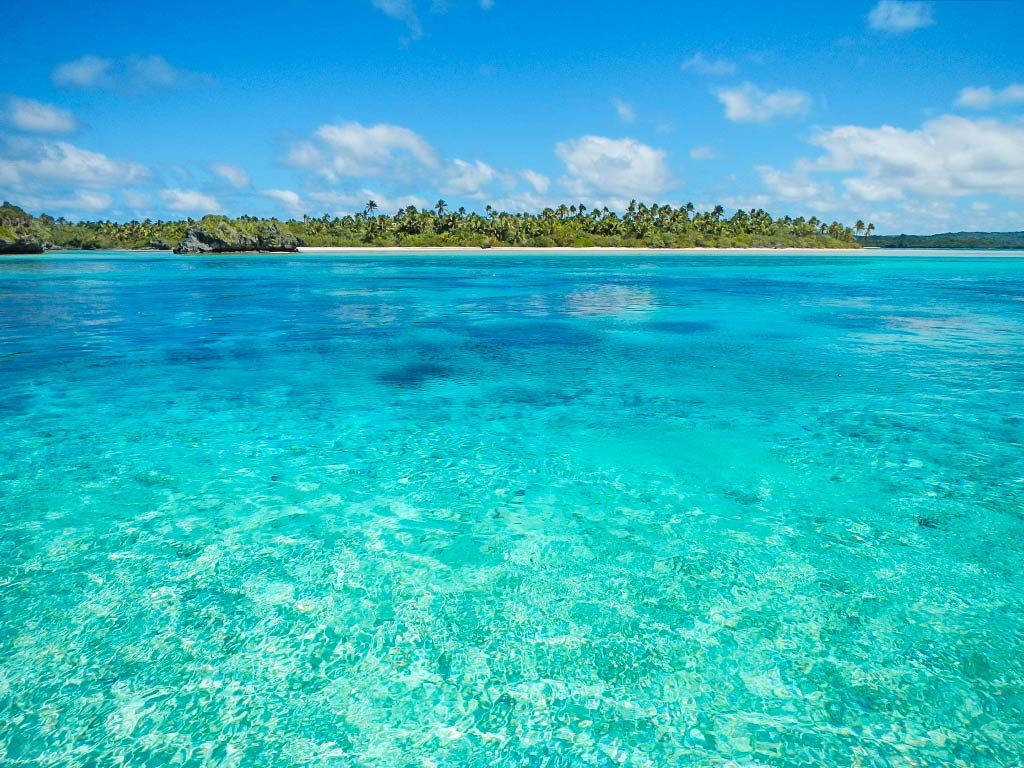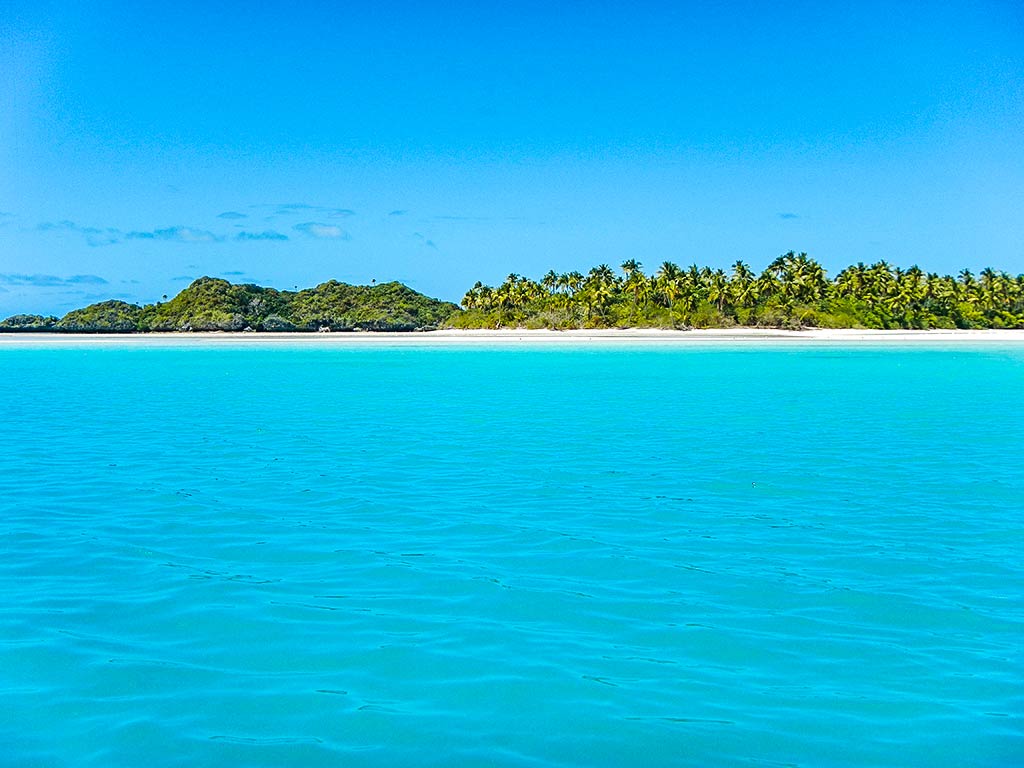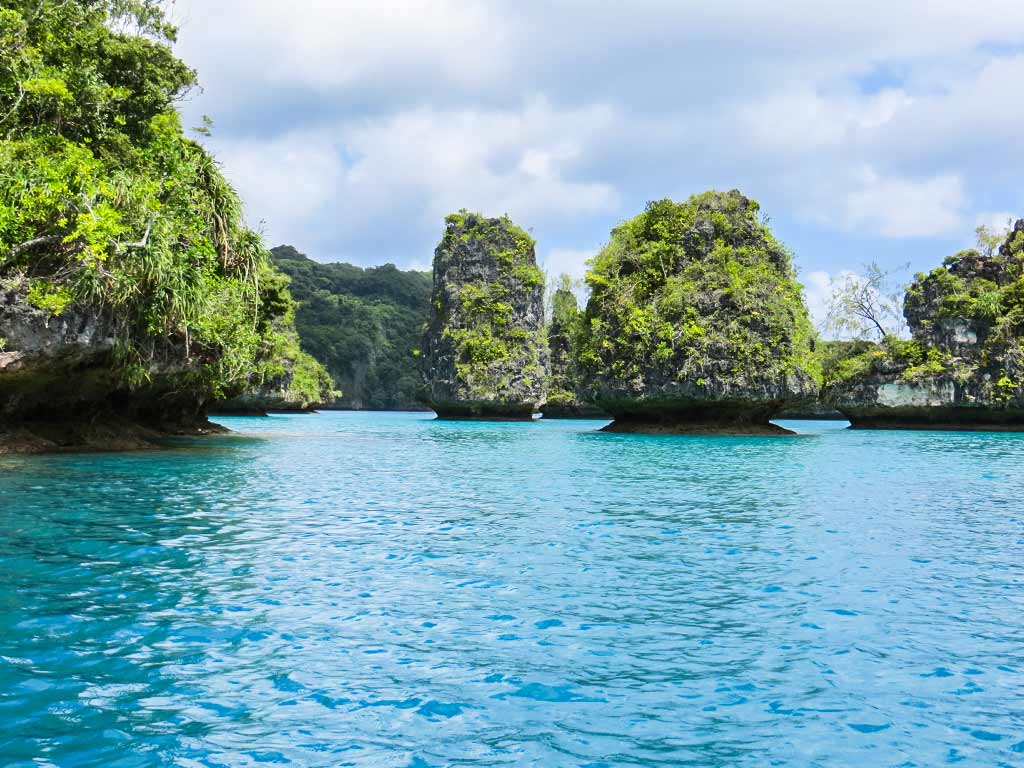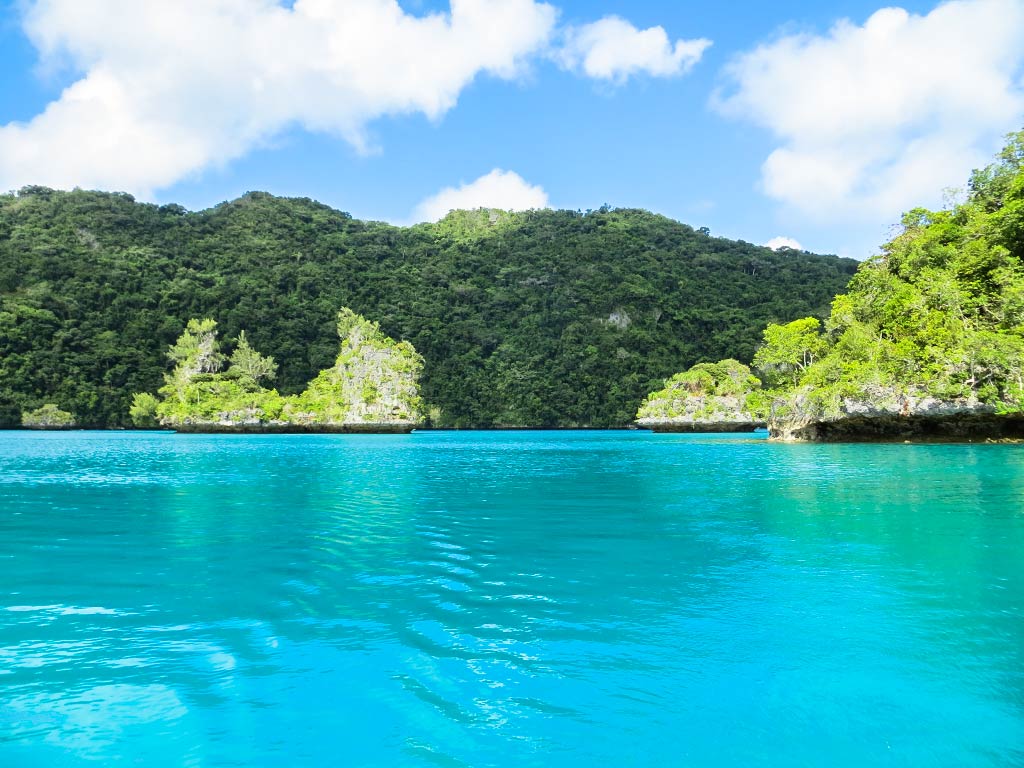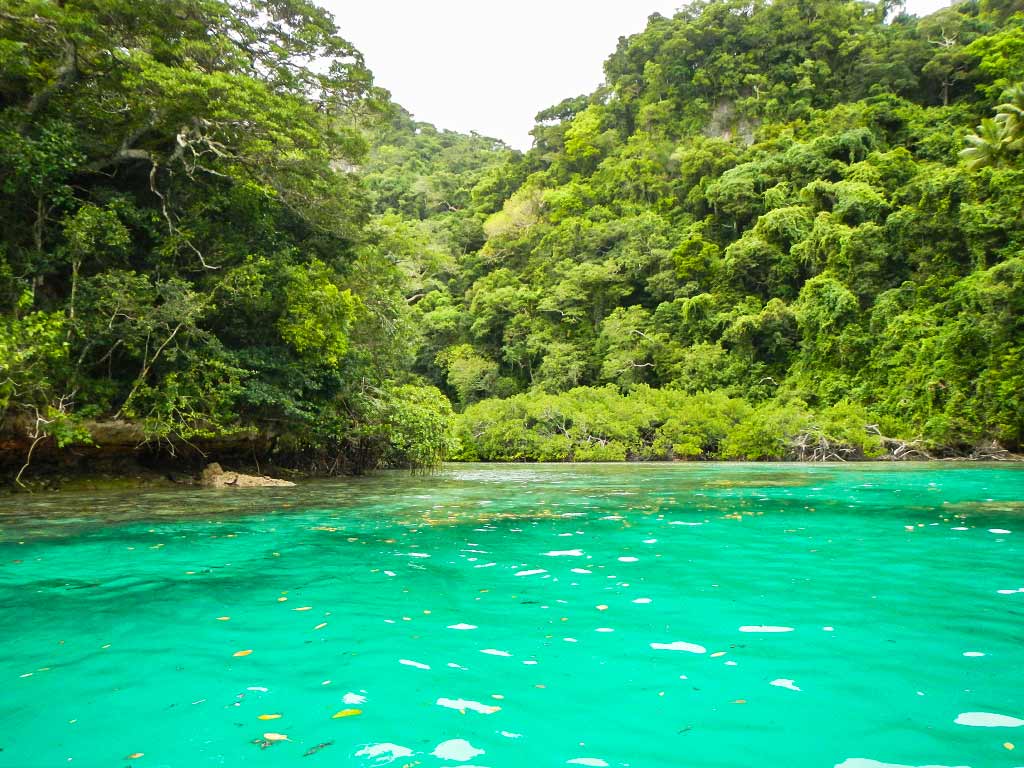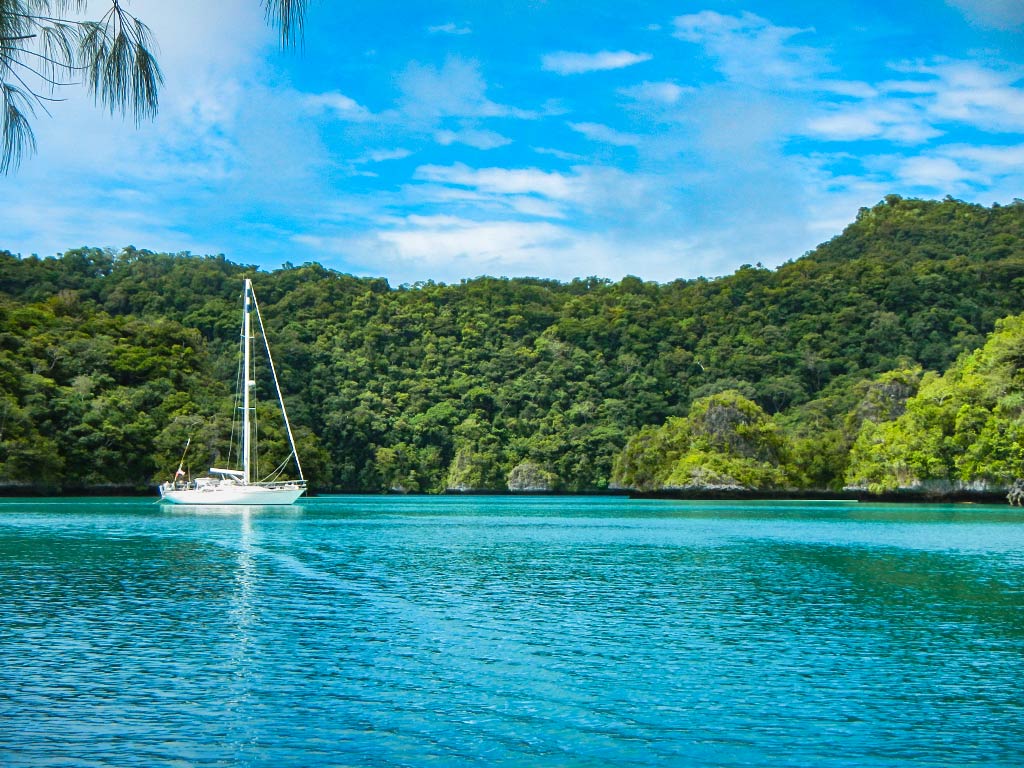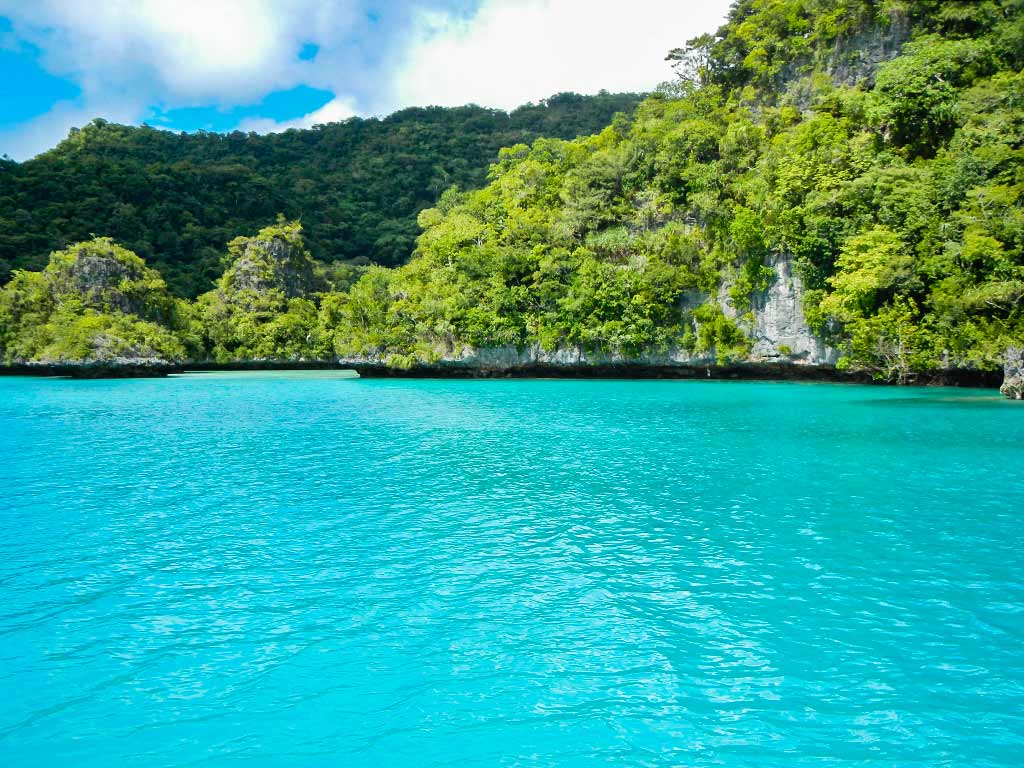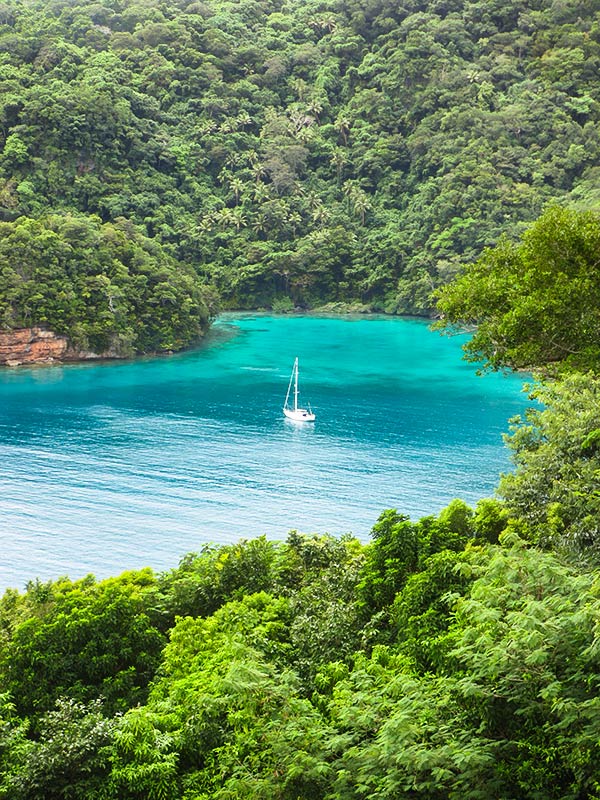September 15, 2013
Now that we’d visited Fulaga in the Southern Lau group of islands, we were anxious to see the Northern Lau.
As I’ve mentioned before, the Lau group of islands in Fiji had only recently opened to the general population of cruisers. By “general population” I mean those not willing or able to pay the big bucks (and I mean really big bucks) for the formerly-required very special permit. Now with that permit no longer required, the islands were open to all.
The Lau Group of islands covers about 150 miles and can be divided into two distinct groups: the Southern Lau Group and the Northern Lau Group.
While they’re a long distance apart from each other, the Lau groups have a lot in common:
- Both groups are remote, sitting near the eastern border of Fiji.
- Both are hard to sail to (from Fiji’s main ports) as they require traveling against the prevailing winds.
- Both groups had only recently been included in the general Fiji cruising permit.
- Both groups had virtually no tourism (as of 2013).
- Both groups required a fee to visit, payable to the chief when doing the required sevusevu (welcome) ceremony. (Yes, the expensive special permit was no longer needed, but the islands themselves required a fee.)
Both groups contain a number of islands, but in each group there is clearly one must-do place. In the Southern Lau this is Fulaga, and in the Northern Lau it is Vanua Balavu, specifically an area known as the Bay of Islands near the Vanua Balavu’s north end.
Where Fulaga and Vanua Balavu differ is in the way they look. Fulaga is an atoll containing a beautiful lagoon filled with rock islands, water in every shade of blue, and more beaches than we could count. Below, a few examples to sum up the general look of Fulaga: (You can click to enlarge/scroll through photo galleries below.)
Vanua Balavu, on the other hand, is a rather large and mountainous island with little in the way of beaches. In fact, the Bay of Islands area has no beaches at all! And while it does have rock islands, they are bigger and greener than those of Fulaga. The Bay of Islands is also known for its colorful water, but here there are as many greens as blues and the colors can seem almost electric. Below, a few photos to try to sum up the general look of Vanua Balavu:
I can also note that since Fulaga had been more isolated than Vanua Balavu, its villagers were particularly friendly and welcoming. Vanua Balavu is a somewhat large island with many villages and a higher population than Fulaga, a good-sized central town, an airport with regular flights, and in general seemed to have plenty of contact with the outside world.
Because the two island groups are so far apart, most of the cruisers had time to do only one group. Naturally anyone who had managed to do both was anxiously questioned: “Which did you like better?” While most people liked both, Fulaga seemed to be the winner. Yet there were enough people who preferred the scenery of the Northern Lau to make us sit up and take notice. It sounded like it would be well worth the effort to see it and make the decision for ourselves. The upcoming posts will reveal our answer. –Cyndi

